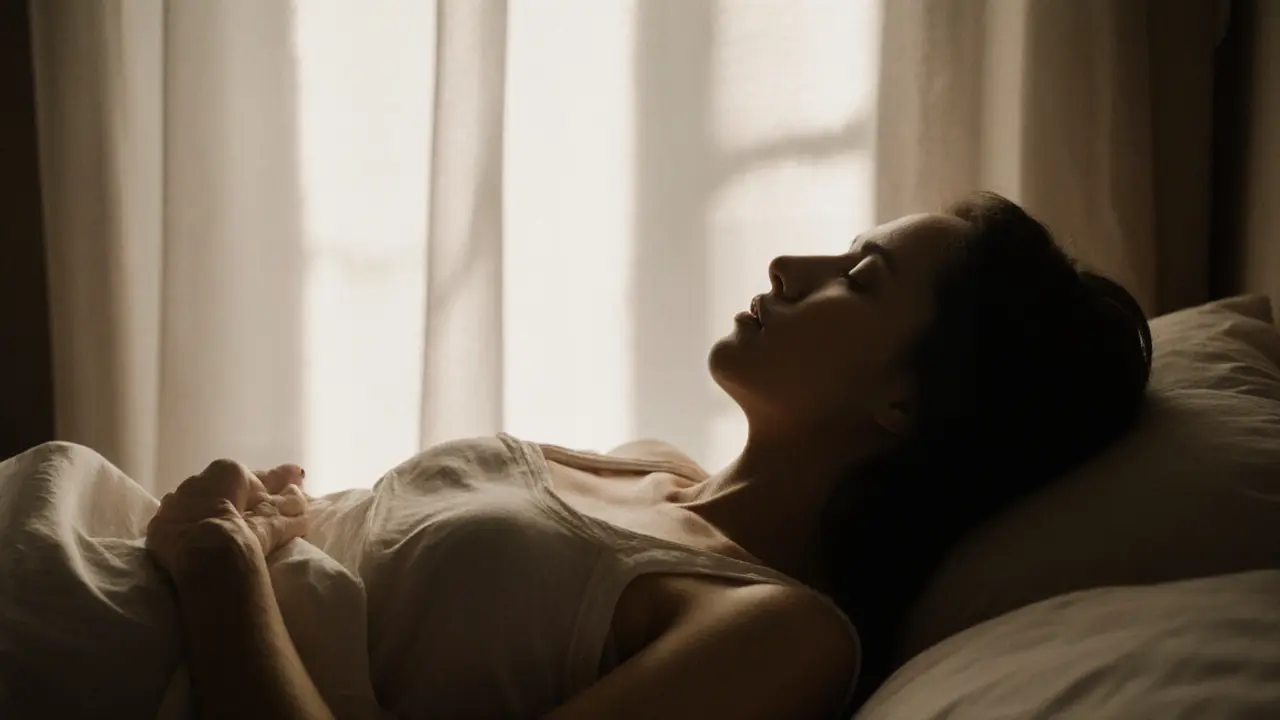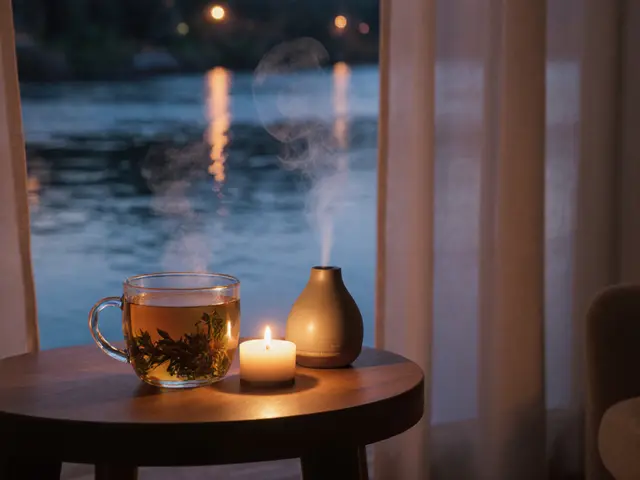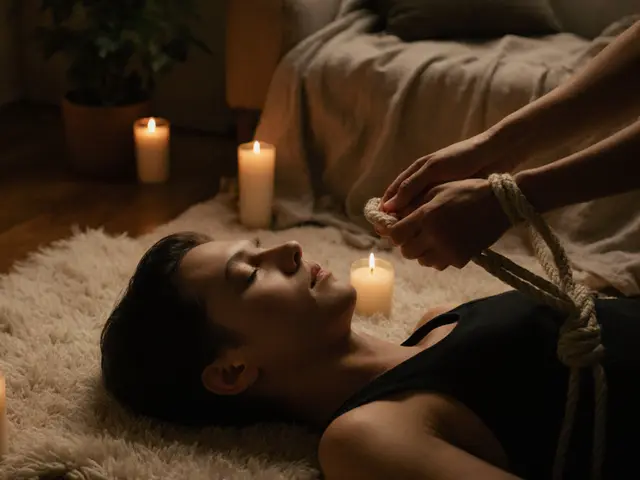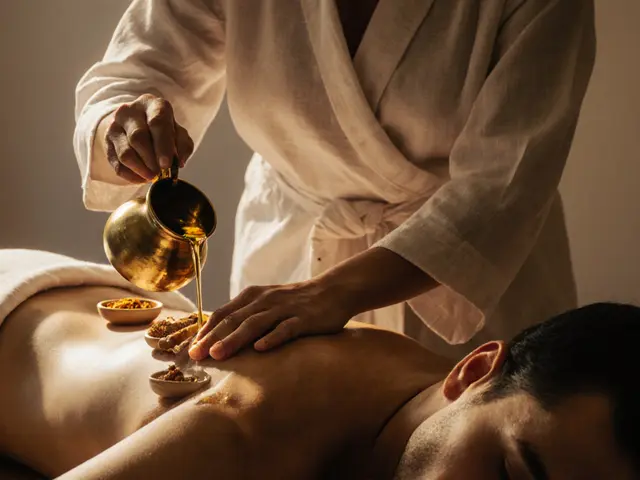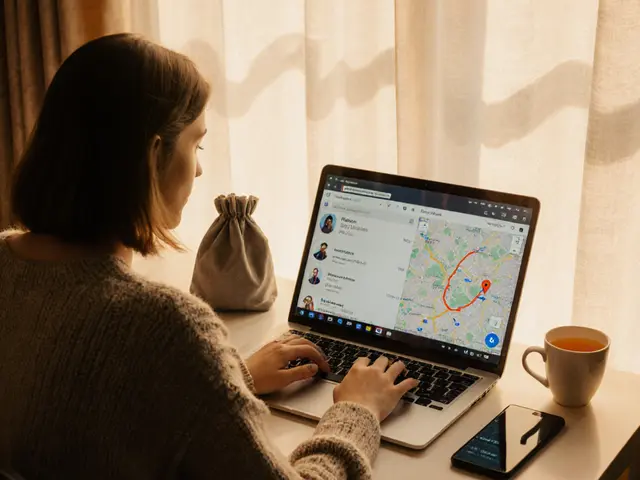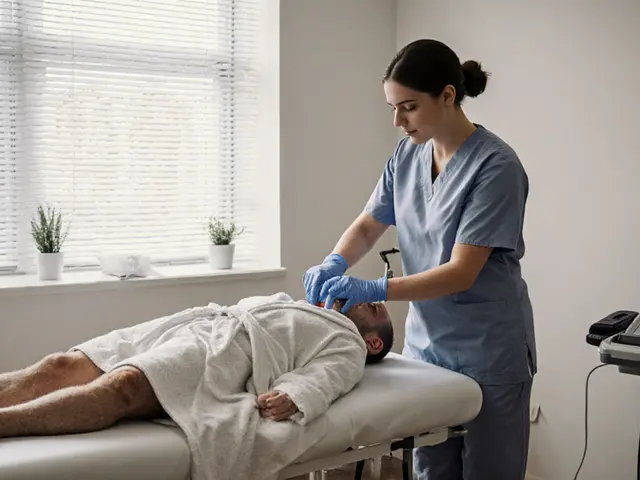Erotic photography isn’t about shock value. It’s not about bare skin for the sake of it. At its best, it’s a quiet conversation between two people-one holding the camera, the other offering their truth. The most powerful erotic images aren’t taken; they’re earned. They come from trust, stillness, and a shared understanding that this moment matters.
What Makes Erotic Photography Different From Nudity
There’s a difference between a photo of someone naked and an erotic photograph. One shows a body. The other reveals something deeper-a glance, a breath, the curve of a shoulder caught in morning light. Think of it like music. A single note isn’t a song. It’s the space between notes, the pause, the tension that gives it meaning.
Many people mistake erotic photography for pornography. But pornography is designed to excite quickly. Erotic photography lingers. It asks you to feel, not just see. A well-shot erotic image stays with you because it feels human. It doesn’t hide the imperfections-it holds them gently.
Think of the work of Ruth Bernhard. Her nudes aren’t about sex. They’re about form, shadow, and silence. Or Robert Mapplethorpe-his images carry weight, not just flesh. These photographers didn’t just capture bodies. They captured presence.
The Dance Begins With Trust
Before the shutter clicks, there’s a conversation. Not the kind you have over coffee. The kind that happens in quiet rooms, with slow words and longer silences. The model needs to know: you see them. Not just their body, but their boundaries, their fears, their reasons for being here.
There’s no shortcut. No trick. No lens that can fake trust. You build it by listening. By asking, “What are you comfortable with?” and then actually hearing the answer. By saying, “If you feel anything shift, even a little, we stop.” And then you mean it.
I’ve seen shoots where the photographer kept talking, kept adjusting, kept pushing for “just one more angle.” The result? Stiff poses, empty eyes. The model wasn’t present. They were performing.
But when the photographer sits back, turns off the lights, and says, “Just breathe. I’m here.”-that’s when the real image forms. The model relaxes. The body speaks. The light finds its place.
Light Is the Silent Partner
Great erotic photography doesn’t rely on flashy gear. It relies on light. Soft, natural, slow-moving light. A window at dawn. A single lamp in a dark room. The way it grazes a collarbone, falls across a hip, fades into shadow.
Harsh flash kills intimacy. It flattens. It exposes. It turns skin into a surface, not a story. Try shooting with only ambient light. Turn off every artificial source. Let the room breathe. Use a tripod. Slow your shutter. Let time pass between each frame.
One of my favorite sessions happened in a rented flat in Liverpool. No studio. No props. Just a bed, a curtain, and the grey November light filtering through. We didn’t shoot for more than two hours. I took 17 frames. One of them became a series. Why? Because she wasn’t posing. She was remembering. And the light remembered with her.

Consent Isn’t a One-Time Signature
Consent isn’t a form you sign before the shoot. It’s a rhythm. It changes. It breathes. What felt right at 2 p.m. might feel heavy at 4 p.m. That’s normal. That’s human.
Check in. Not with words. With eyes. With pauses. With your own silence. If the model looks away, if their breathing changes, if they adjust their posture without speaking-those are signals. Not rejections. Not problems. Just updates.
Some models need to cover up. Others need to go further. Neither is wrong. Your job isn’t to push them toward your idea of “erotic.” It’s to follow their truth. If they say, “I don’t want to show my face,” you don’t argue. You adjust. You find beauty in the curve of their neck, the tension in their hands.
There’s a myth that erotic photography requires full exposure. It doesn’t. Some of the most erotic images I’ve seen show nothing but a hand resting on a thigh, or the edge of a sheet pulled tight. The imagination fills the rest.
The Muse Is Not a Prop
Calling someone a “muse” can sound romantic. But in practice, it often means treating them like an object. A thing to be shaped, framed, and used for your vision.
Real collaboration flips that. The model isn’t just a body. They’re a co-creator. Their movement, their rhythm, their hesitation-they all shape the image. The best erotic photos come from this shared authorship.
Ask them: “What do you want this to feel like?” Let them suggest poses. Let them change the music. Let them tell you when to stop. If they say, “I’d like to sit with my back to the camera,” don’t try to redirect. That’s the moment the photo becomes theirs, too.
I once worked with a woman who had survived abuse. She didn’t want to be naked. But she wanted to be seen. So we shot her in a long coat, standing by the window, her face hidden. The image showed her strength-not her body. That photo hung in her living room for years. She said it was the first time she felt like herself in front of a camera.
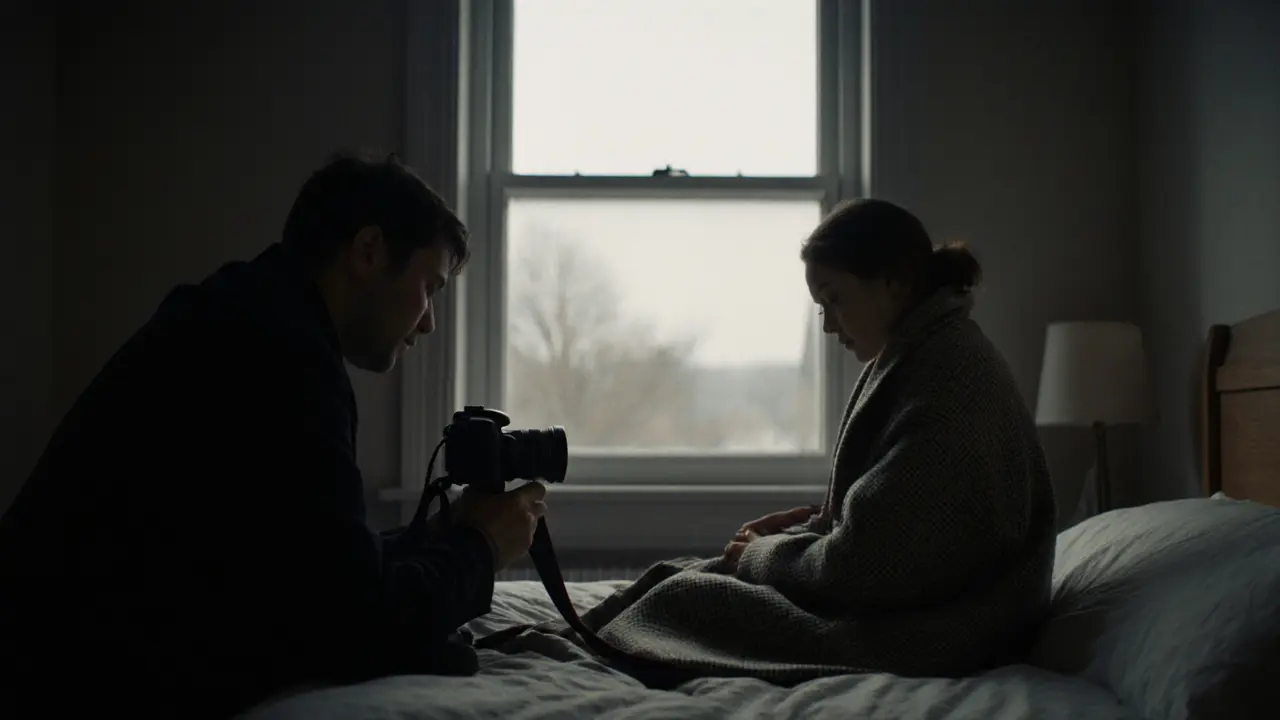
What to Avoid
Don’t fetishize. Don’t exoticize. Don’t reduce someone’s identity to their body type, skin color, or gender. Erotic photography that leans into stereotypes doesn’t feel real-it feels exploitative.
Don’t rush. Don’t try to get “the shot” in five minutes. This isn’t fashion. It’s intimacy. It takes time. Sometimes days. Sometimes months.
Don’t post it without permission. Not even a cropped version. Not even if you think it’s “art.” If they didn’t sign off on it being public, it’s not yours to share. Ever.
Don’t romanticize power imbalance. If there’s a difference in experience, status, or money, you carry the responsibility. The more power you hold, the more careful you must be.
Where to Start
If you’re new to this, start small. Start slow. Start with someone you trust. Start without a plan. Let the session unfold like a conversation.
- Choose a quiet, private space. Not a studio. A home. A room with natural light.
- Turn off your phone. No distractions.
- Begin with clothes on. Talk. Sit. Drink tea.
- Ask: “What does erotic mean to you?” Listen. Don’t respond.
- Let them lead. Follow their rhythm.
- Shoot with film if you can. It slows you down. Forces presence.
- Afterward, give them the images first. Let them choose what stays, what goes.
You don’t need expensive gear. A 50mm lens on a used DSLR works. A phone with good low-light mode works. What you need is patience. And humility.
Why This Matters
There’s too much noise in the world. Too many images that reduce people to objects. Erotic photography, done right, is a quiet rebellion against that. It says: Here is a human being. Not a fantasy. Not a product. Not a click.
It’s not about getting likes. It’s not about virality. It’s about leaving behind something true. Something that says, I saw you. And you were enough.
That’s the dance. Not between photographer and model. Between two people who dared to be real, in a world that rarely lets them.
Is erotic photography legal?
Yes, as long as all subjects are adults, fully consent to being photographed, and the images aren’t distributed without permission. Laws vary by country, but in most places, consensual artistic nudity is protected under freedom of expression. The key is documentation of consent and respect for boundaries.
Can I take erotic photos of my partner?
You can, but only if both of you are clear on the purpose and boundaries. Many couples start here because there’s already trust. But don’t assume comfort. Ask: “Is this something you want, or something you think you should do?” Make sure they know they can say no at any time-even if you’ve already taken photos. Store the images securely. Never share them without explicit, written permission.
Do I need a model release for erotic photography?
If you plan to publish, sell, or display the images publicly, yes. A model release protects both you and the subject. But even if you’re not selling the photos, it’s good practice to have a written agreement that states how the images will be used, who owns them, and how long they can be kept. Consent isn’t just verbal-it’s documented.
How do I find a model for erotic photography?
Don’t post ads on random forums. Don’t approach strangers on social media. Start with people you know and trust-friends, artists, performers. Attend local art events. Talk to people who work with their bodies: dancers, yoga instructors, actors. Be honest about your intentions. Show your work. Let them decide if they feel safe with you. The right model will come when you’re ready to listen, not just shoot.
What’s the difference between erotic and sensual photography?
Sensual photography focuses on texture, touch, and atmosphere-think silk sheets, steam, bare feet on wood. Erotic photography leans into desire, tension, and emotional vulnerability. Sensual is about the body’s surface. Erotic is about what’s underneath-the thoughts, the memories, the quiet longing. The lines blur, but the intent matters. One invites you to feel. The other invites you to yearn.
